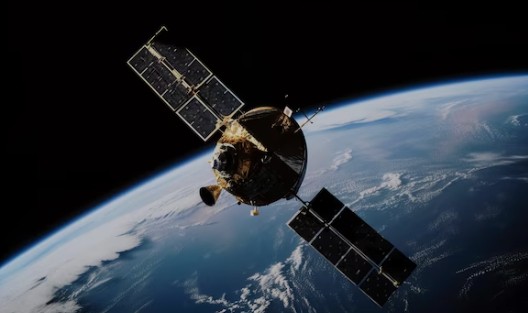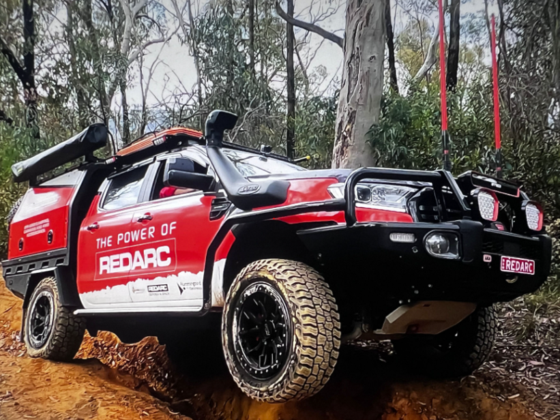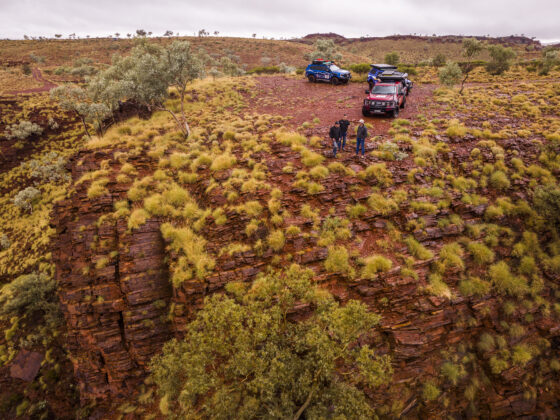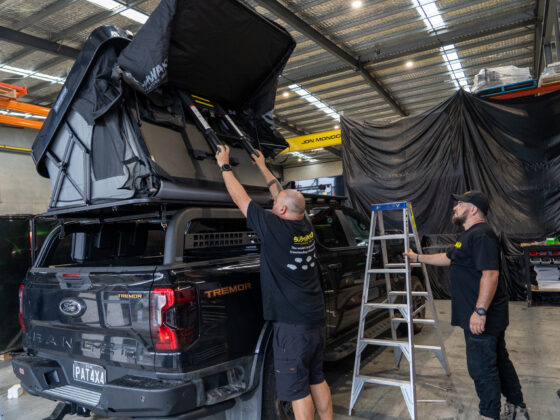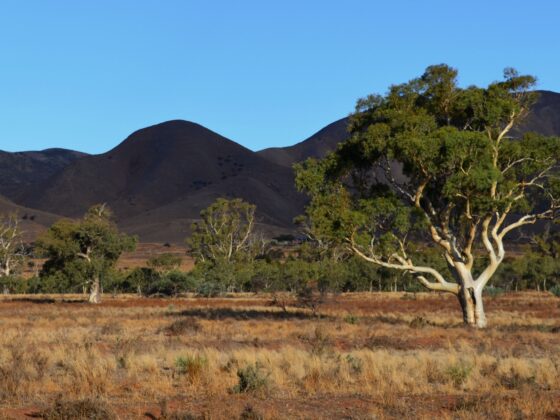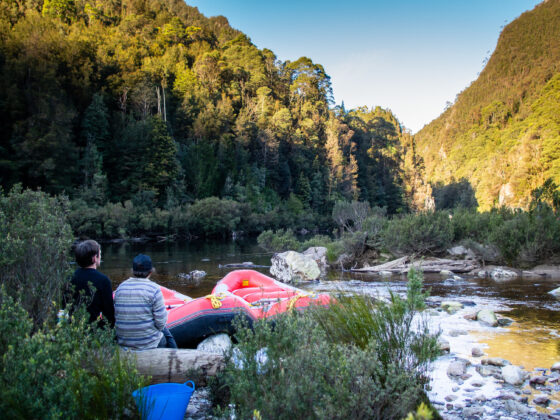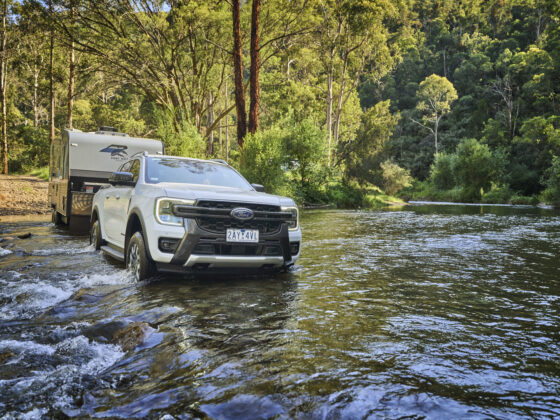Amazon is gearing up to shake things up in the world of satellite internet, announcing that Australia will be one of the first countries to access its ambitious Project Kuiper. This low-earth orbit satellite (LEOsat) system aims to rival SpaceX’s Starlink and could become a game-changer for outback travellers, off-grid enthusiasts, and those living in the bush. But what does this mean for the 4X4 community? Let’s unpack it.
The Basics of Project Kuiper
Project Kuiper is Amazon’s “big bet” on satellite internet, featuring a network of LEO satellites designed to deliver fast, reliable internet access even in the most remote corners of the planet. While trials are set to start in late 2024, the commercial rollout for Australia will follow closely behind the initial North American, European, and Japanese launches in mid-2025.
Unlike traditional satellite internet services, which rely on high-latency connections, Kuiper promises speeds of up to 400Mbps through its mid-range consumer terminal—an affordable device expected to undercut Elon Musk’s Starlink offering. These speeds, combined with lower latency, could make Kuiper a viable solution for everything from telehealth to Netflix binges under the stars.
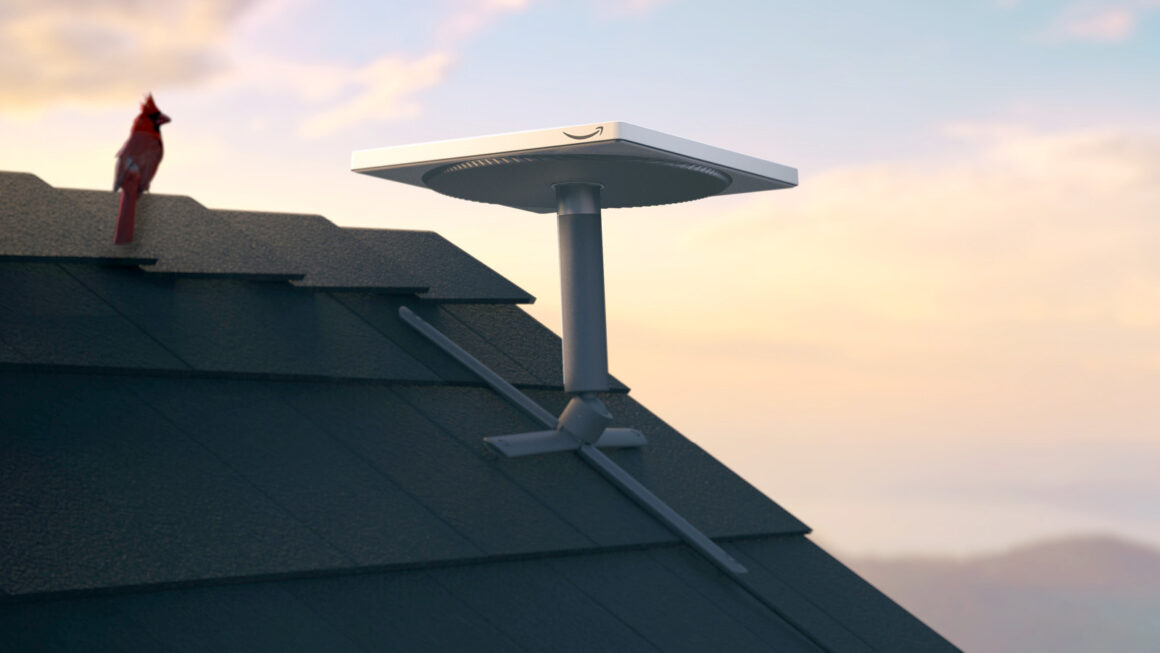
Why Does This Matter for 4X4ers?
For those who thrive on remote travel, the allure of the outback is in its rugged, off-grid charm. But when things go sideways—like a breakdown in the Simpson Desert or a sudden medical issue—reliable connectivity can be the difference between a minor inconvenience and a major ordeal. Amazon’s Kuiper satellite system could be the game-changer that brings safety, convenience, and modern tech into the heart of the bush. With Kuiper, you’d have a virtual copilot for emergencies, enabling you to video call a mechanic, share GPS coordinates, or even consult a doctor in real-time—all without relying on non-ex mobile reception. It’s about peace of mind and making remote travel more accessible, whether you’re a weekend warrior or part of a remote community where reliable connectivity could bridge critical gaps in healthcare and communication.
How Does It Stack Up Against Starlink?
Starlink has already made a splash in the outback, and Kuiper seems poised to follow suit. While Starlink focuses on high-speed internet for consumers, Kuiper is designed to integrate with Amazon Web Services (AWS), making it a major player in enterprise and government applications. For 4X4ers, the key difference might come down to price, coverage, and ease of use.
Amazon’s aggressive focus on reducing terminal costs—thanks to its in-house manufacturing scale—could make Kuiper more affordable for those of us who aren’t running a mining operation. And with its lasers providing inter-satellite links, it may offer better coverage in remote areas over time.
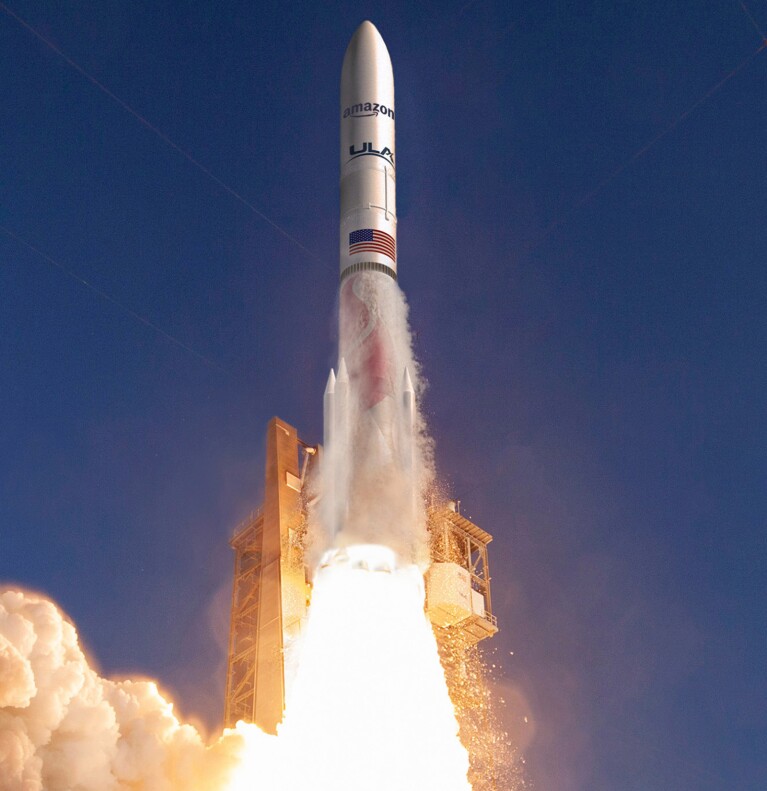
The Future of Remote Travel
While Kuiper’s exact pricing and service plans remain to be seen, its entry into the Australian market signals a bright future for remote connectivity. For 4X4ers, this means better access to emergency services, more flexible work opportunities, and even the potential for more immersive trip planning and sharing.
Of course, there’s always the risk that ubiquitous internet might take away some of the magic of truly getting off-grid. But as the outback continues to attract more adventurers, having reliable connectivity on your terms could make remote travel more accessible—and safer—than ever.
For 4X4 adventurers, this is a new frontier where technology and rugged exploration meet. Who knows? The next time you’re camped out by a red dirt track, you might be FaceTiming your mate to show off the sunset—or your busted suspension. Welcome to the future of outback travel.



